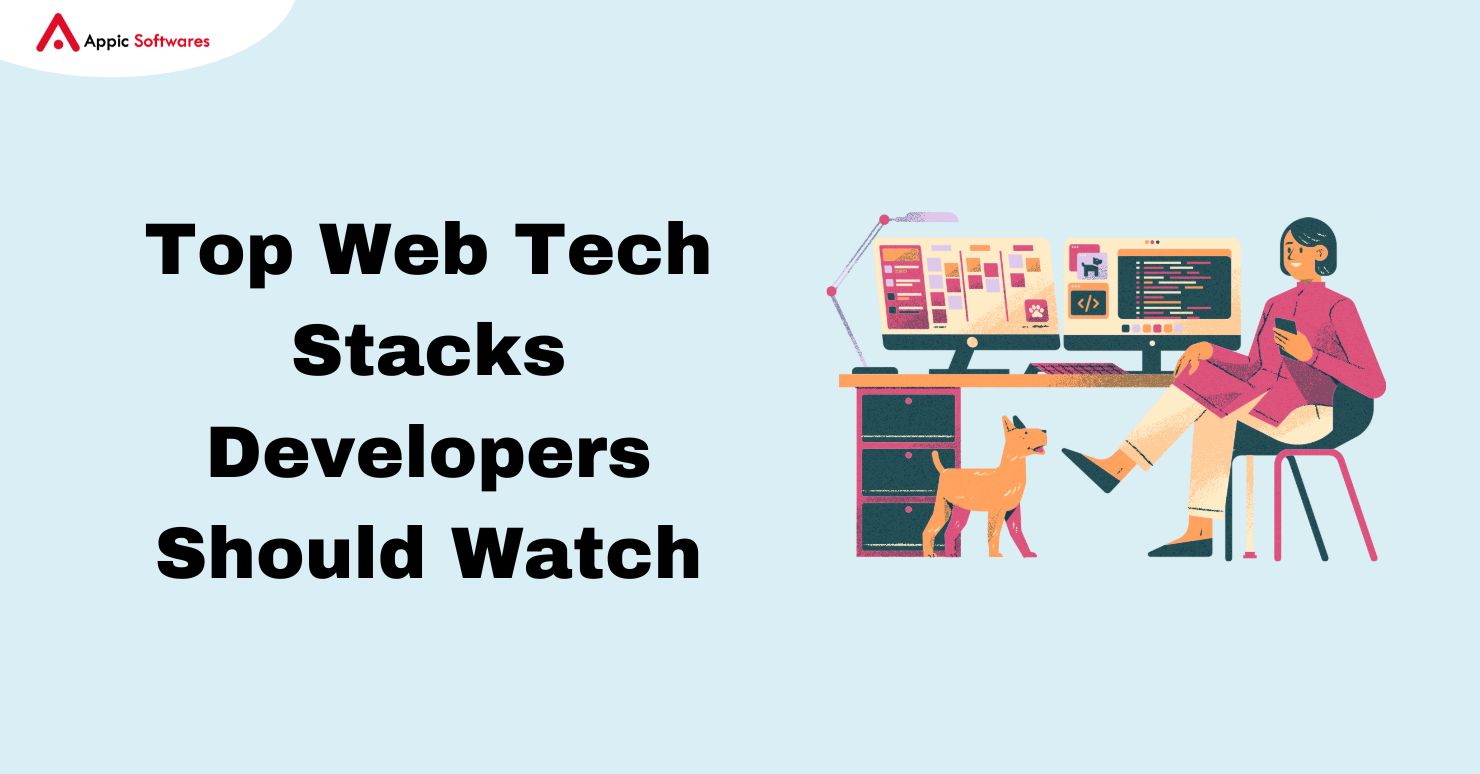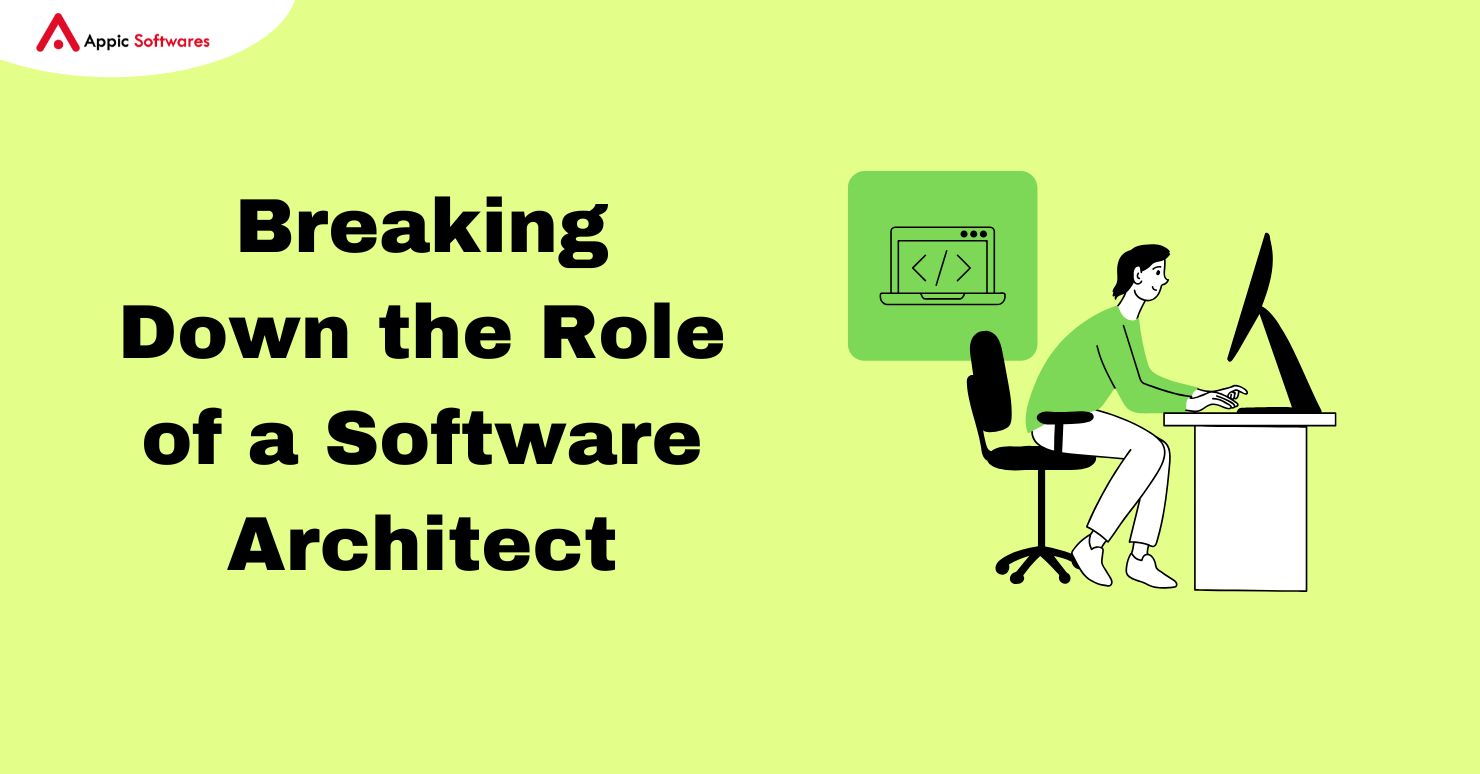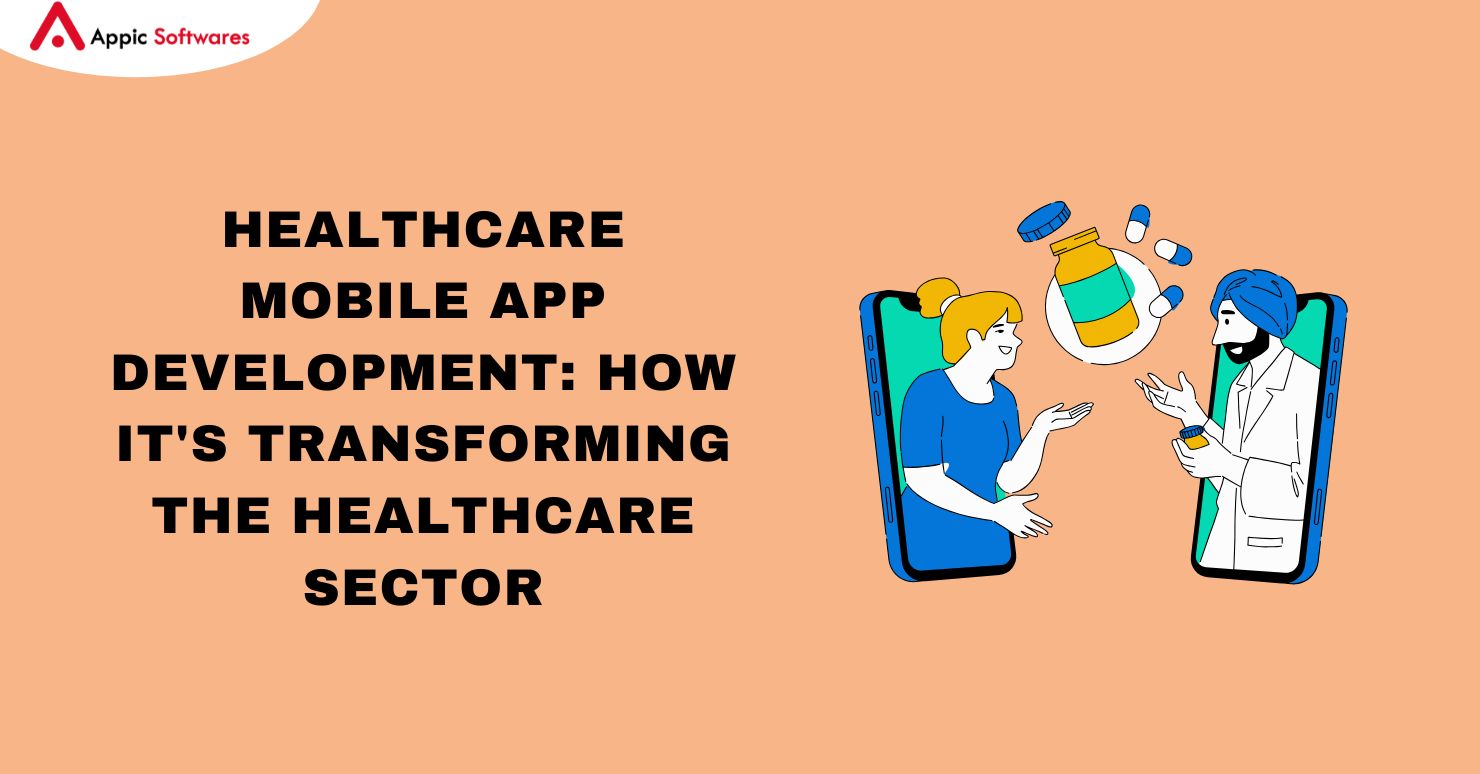
Flutter Framework is an open-source development technology that empowers smooth and simple cross-platform application development over iOS, Android, Web, and Desktop(now one can develop smartwatches and IoT apps on Flutter). One can develop applications for iOS and Android rapidly, without composing the code for the two applications independently. All we want is one codebase for the two stages(which runs on almost all development code editors like Visual Studio code, Android Studio, Xcode, etc).
Last year, Tim Sneath, administrator of Flutter reported a rising utilization of Flutter with multiple engineers/developers utilizing this technology since its inception in 2018. The spring update by Flutter uncovers that it’s seeing an increase in customer applications as well as big business applications (like Ali Express, Dream 11, Uber, and yes many applications of Google itself).
In this article as a Flutter app development company, we will talk about Flutter and Dart language which is causing turmoil in the market and giving tough competition to React Native and traditional native technologies. Here we’ll try to understand what this Flutter framework is, and why developers and big brands are running behind Flutter mobile app development.
What is Flutter Framework?
Initially, Objective C/Swift and Java/Kotlin were popular and essential app development technologies available for mobile app developers, but building applications on them was costly and time-consuming. Mobile application developers needed to write code for two separate applications, which implied accomplishing the work two times.
To tackle this issue, a few systems have been developed that help the developers to utilize the HTML and JavaScript codebase in mobile application development. Among these hybrid app development tools, some are, Phonegap, Xamarin, and React Native, and that’s just the beginning, the Flutter framework system has in practically no time become progressively well known among developers’ community, ventures, business people, and clients.
Flutter is an easy UI tool for building local(native) applications across the app, web, and desktop, from a single codebase. It utilizes the programming language Dart and integrates Material Design and Cupertino widgets. Flutter developers can make fabulous UI that looks and feels just like native iOS and Android(in some cases better). It acts normally at any stage, even though you’re utilizing one codebase.
Flutter’s SDK/widgets, and libraries give a responsive style without utilizing a Javascript span, It effectively incorporates various platforms like Android, IOS and Linux, MAC, Windows, and Google Fuchsia applications. One can visit the flutter gallery to see the latest available demo as well.
What is Flutter Framework used for?
Flutter is one of the best technological responses available for creating applications for both Android and iOS, without writing any separate codebase for every part/milestone of mobile app development, here we are utilizing the same code base to develop the mobile application. The look and feel of the Flutter apps are similar to or somewhere better than the native applications. Flutter not bother with a runtime module or a program. Utilizing a similar codebase, it is likewise conceivable to make web applications for programs as well as local projects for Windows, Linux, and macOS.
Google itself involves Flutter for a few modules of the Google Assistant and the UI of the Google Home center point. Notable web-based business specialist co-ops, for example, eBay, Groupon, or Alibaba Group use Flutter to give their mobile app and web applications a uniform look.
What programming language is Flutter based on?
The Flutter SDK depends on the Dart programming language, additionally created by Google. Its goal is to replace exemplary JavaScript. On a server, Dart projects can be run straightforwardly, while in the program they are switched over completely to JavaScript utilizing the Dart2js transcompiler.
Applications for Google’s new operating system, Fuchsia, are also developed with Dart. Its design is like that of popular programming languages like Java or C#.
The Flutter principle – Widget Focus.
Widgets are acting as the spinal cord of the Flutter-based application as almost all the functionality in flutter apps is achieved through the Widgets, in short Widgets are the powerhouse of the Flutter app development. This implies that you can apply object-oriented programming to any component. One of the advantages of utilizing Flutter is that you can change or modify widgets effortlessly. Also, it gives UI widgets that help to create or convert the mobile application into a flutter-based website.
Flutter, as an open-source technology, has drawn the attention of mobile application developers and designers since its inception. The group of developers and designers continually distributes usable code models and supports engineers in making new, creative, wonderful hybrid applications.
Everything in this world comes with some positives and negatives so the same with our programming languages. However, in the case of Flutter, we can say that the upsides of Flutter, are more than its cons and that is why it is leading the app development market like a monopoly technology.
Flutter applications enjoy various upper hands over their rivals.
1. One codebase for all stages
Gone are the times of composing a code for Android and another codebase for iOS mobile applications. Flutter provides the code reusability to compose only one codebase and use it for Android and iOS as well as for website development. This cuts development time essentially eliminates the cost and empowers you to deliver your applications a lot quicker into the market.
2. Flutter’s “Widget” oriented approach makes it one of the leaders in app development technology.
Flutter’s custom widgets are an outright joy for making extraordinary visuals for your application. Simultaneously, you don’t need to stress over the UI on various widgets as these come with predefined and well-structured UI kits.
3. Rich libraries
Flutter utilizes the Skia Graphics Library which is a quick and mature open-source illustrations library. It redraws the UI each time a view changes. The outcome is a fast stacking and smooth application experience.
4. Quick testing with hot reload
The hot reload highlight makes the application advancement much speedier. With Flutter, there is a compelling reason need to reload the application to see every change you make in the code. You can undoubtedly make changes in your application continuously, so you have a greater chance to explore different avenues regarding the code and fix bugs quickly.
Here you can see the list of some well-known big brands that are using Applications developed on Flutter.
- Alibaba
- Yandex
- Airbnb
- Uber
- eBay
How Appic Softwares as a Flutter Mobile App development company can help you?
Appic Softwares has developed multiple apps and websites in Flutter since its inception. We have delivered apps in the Health Care, Education Sector, Fintech, Logistics, and Transportation areas all using Flutter.
We are confident that Flutter apps are far more reliable and robust than its competitors and that is why we are consistently focusing on the development of Flutter-based applications.
If you would like to discuss the work or any opportunity using Flutter app development for your project, feel free to contact Appic Softwares.








